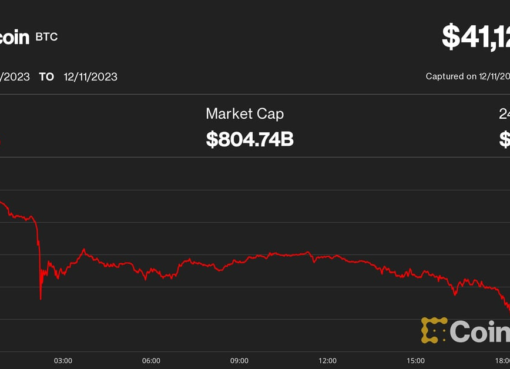India’s Reserve Bank outlined the pros and cons of a digital rupee as it looks to raise awareness around its CBDC project.
The Reserve Bank of India (RBI) has outlined proposed features and reasoning behind its in-development central bank digital currency (CBDC) in a 51-page note published on Oct. 7.
The country’s central bank is looking to raise awareness of CBDCs, which are being developed by a number of central banks around the world, and to clearly define the objectives and choices as well as potential positive and negative elements of introducing a digital rupee in India.
The document summarizes the key motivations for the issuance of an Indian CBDC, highlighting trust, safety, liquidity as well as settlement finality and integrity as key components of a sovereign digital currency.
A primary motivator for issuing a CBDC in India will be to reduce operational costs involved in managing physical cash in the country. The RBI also touts improved financial inclusion in addition to an increasingly resilient, efficient and innovative payments system.
Improved cross-border payments and settlements are also underlined through the promise of an offline feature for the CBDC which would be beneficial in remote locations and in areas without stable electricity supply or mobile network access.
The RBI has long held public blockchains and cryptocurrencies at arm’s length, with the document outlining its continued view that cryptocurrencies pose a significant risk to Indian consumers due to market volatility.
“These digital assets undermine India’s financial and macroeconomic stability because of their negative consequences for the financial sector.”
The RBI also highlighted its concern that the continued proliferation of cryptocurrencies would diminish its ability to regulate monetary policy and the monetary system, which the central bank holds as a threat to financial stability in India.
A digital rupee CBDC is being touted to have the same benefits as public cryptocurrencies while “ensuring consumer protection” by avoiding what it described as “damaging social and economic consequences.”
The note goes on to outline the differences between a retail and wholesale CBDC, with the former serving the public sector while the latter would have restricted access catered toward financial institutions. The RBI hinted that there may be merit in introducing both forms into the Indian marketplace.
The Indian central bank also touched on the possibility of direct and indirect issuance and management. Direct issuance would see the RBI responsible for managing the entire system, while the indirect model would involve the use of intermediaries like banks and other payment service providers.
The RBI also noted that a token-based CBDC would be preferred for retail use given its similarities in use to physical cash. Account-based CBDC issuance would be considered for wholesale users.
The document also considered the potential infrastructure underpinning the digital rupee, highlighting conventional, centrally controlled databases or distributed ledger (blockchain) technology as the two options on the table:
“While crystallising the design choices in the initial stages, the technological considerations may be kept flexible and open-ended in order to incorporate the changing needs based on the evolution of the technological aspects of CBDCs.”
The note also touches on the role of physical currency in providing anonymity, universality and finality. Given that digital transactions would leave a trail, the degree of anonymity provided is still being assessed while the RBI suggested that reasonable anonymity for small-value transactions like physical cash may be a “desirable option” for a retail CBDC.
The ongoing development of a digital rupee will likely involve further stakeholder engagement and iterative design to produce a CBDC that suits a broad range of use cases. The Indian central bank also stressed its intent for the CBDC to complement current forms of money and provide additional digital payment avenues to users.




